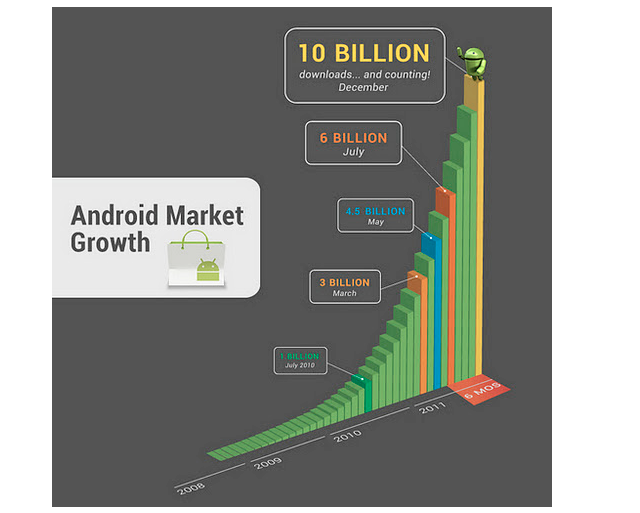First up, it’s tough to argue with this survey stating that 50.3% of
the UK population now fall under the smartphone label. From Kantar Worldpanel Comtech (and featured around the web in the last twenty four hours… here it is at The Guardian).
Although if you want to argue, how about over the definition of a
smartphone, and how many of these are seen as ‘standard’ features on a
handset, such as loading applications, taking a picture, accessing
Facebook.
It’s yet another survey on mobile phone sales that is making a name for the analyst, rather than giving solid numbers. The numbers that I would like to see (survey size, methodology, Kantar’s margin of error) aren’t there in the initial post or subsequent reporting.
One of the things that I always try to remember is that measuring percentages can lead to some strange arguments. Take the measure of iOS for example, dropping from 29.2% to 28.5%. Apple didn’t do less business in the UK last year (far from it) but as more people fall into the analyst’s definition of what a smartphone is, there’s a much bigger pool of phones being bought, and that means you can increase your sales and still lose market percentage.
My money is that quirk is catching out Windows Phone and presenting it as losing market share, even if it is gaining raw sales. It’s a nice story (look hard enough and you will probably find “Microsoft’s big push is selling less phones” on the web) but without a closer look at the data it’s very hard to justify. One survey is, after all, a single source.
Getting good data is difficult, especially in the world of smartphones. The Analysts are looking to sell the reports that have the big numbers on, rather than have them sprayed around the web for everyone to find; the echo chamber of the web detaches the numbers from the initial reporting so it quickly becomes an accepted fact; and the manufacturers are always reticent in giving out numbers (Nokia’s “well over one million Lumia devices” is especially accurate).
So what are we to do to tell the story of the smartphone in 2012? I don’t know, but the model we have seems a touch flawed to me
It’s yet another survey on mobile phone sales that is making a name for the analyst, rather than giving solid numbers. The numbers that I would like to see (survey size, methodology, Kantar’s margin of error) aren’t there in the initial post or subsequent reporting.
One of the things that I always try to remember is that measuring percentages can lead to some strange arguments. Take the measure of iOS for example, dropping from 29.2% to 28.5%. Apple didn’t do less business in the UK last year (far from it) but as more people fall into the analyst’s definition of what a smartphone is, there’s a much bigger pool of phones being bought, and that means you can increase your sales and still lose market percentage.
My money is that quirk is catching out Windows Phone and presenting it as losing market share, even if it is gaining raw sales. It’s a nice story (look hard enough and you will probably find “Microsoft’s big push is selling less phones” on the web) but without a closer look at the data it’s very hard to justify. One survey is, after all, a single source.
Getting good data is difficult, especially in the world of smartphones. The Analysts are looking to sell the reports that have the big numbers on, rather than have them sprayed around the web for everyone to find; the echo chamber of the web detaches the numbers from the initial reporting so it quickly becomes an accepted fact; and the manufacturers are always reticent in giving out numbers (Nokia’s “well over one million Lumia devices” is especially accurate).
So what are we to do to tell the story of the smartphone in 2012? I don’t know, but the model we have seems a touch flawed to me






